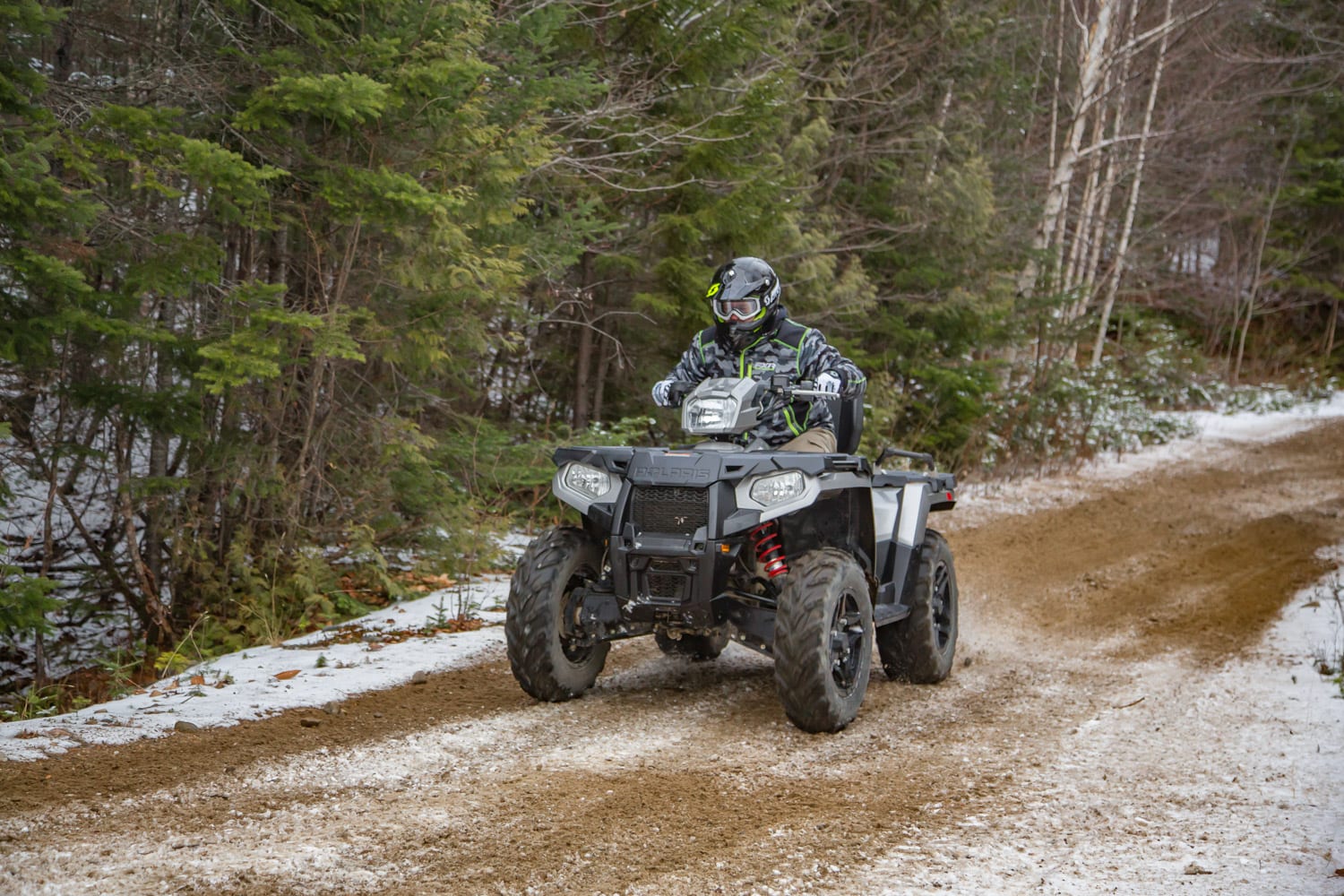Buying a brand new quad can be a huge expense for some of us. The financial situation is different for everyone, and purchasing a used vehicle is another option that can be very interesting. The main advantage is that you will not have to absorb the drastic depreciation in your new vehicle’s market value, and unfortunately that occurs from the very first day you use it. On the other hand, what may look like an incredible bargain could turn out to be a real nightmare if some essential checks are not performed before the purchase.
Reputable traders benefit from offering to their customers used vehicles that are in excellent condition. They have the expertise to overhaul most machines, and they have no interest in defrauding a consumer, and possibly ruin their reputation. The used products they offer have undergone an inspection, and in some cases, they offer limited guarantees. Therefore, we recommend that you favor this first alternative for your peace of mind.
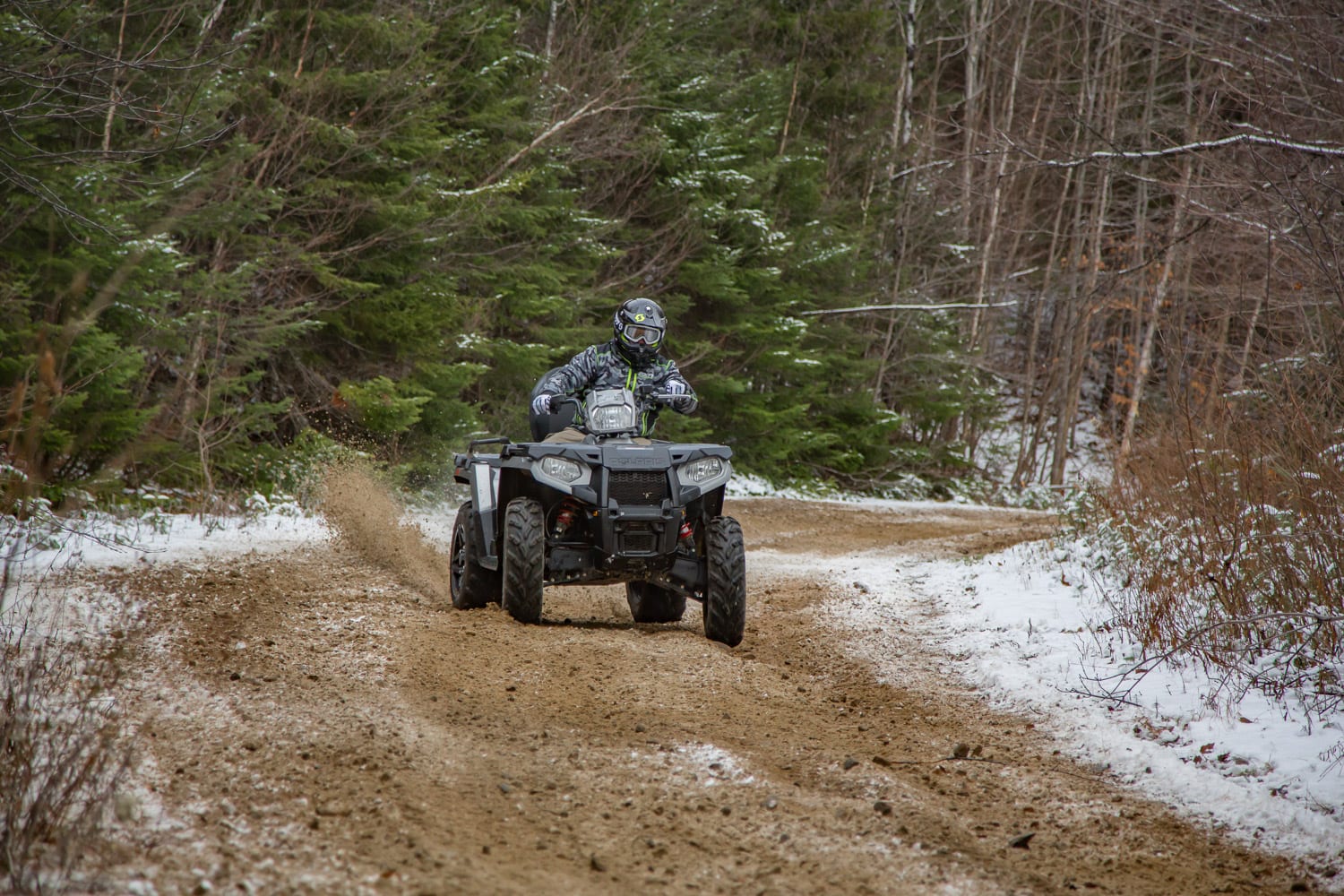
Classifieds are full of ATVs and UTVs available for peer-to-peer selling, and you might be tempted to find there a bargain that will save you a few thousand dollars. Go ahead with caution, as you may become the future owner of a vehicle that will give you headaches. While some laws protect consumers, the legal world could put you through nights of anguish until a settlement is reached in your favor.
To avoid such disappointments, we suggest you conduct a series of checks that will give you a good idea of a used vehicle’s general condition. These inspections will also indicate the expenses to be expected for the replacement of some wearing parts.
1- The general aspect
The first general glance will give you a good idea of the care taken by its owner. Are the general aesthetics faded? If so, this vehicle may have been stored outdoors and exposed to the elements for a long time. UV rays from the sun are very harmful to plastics. Plastic panels are prone to brittleness if exposed to UV for a long time and may break even with the slightest impact.
An ATV frame made of tubular steel will rapidly deteriorate when exposed to the elements for a long time. If an owner does not clean his vehicle regularly, mud build-ups will create areas where moisture is present all the time, causing premature rust that could weaken the chassis. The condition of the welds is also a good indication of the machine’s sturdiness, and their quality ensures the rigidity and integrity of the structure.
If you notice body panels showing cracks, it could mean that the vehicle has had rollovers or minor accident: stay alert and double-check the chassis to ensure it is not bent or damaged.
2- Shock absorbers
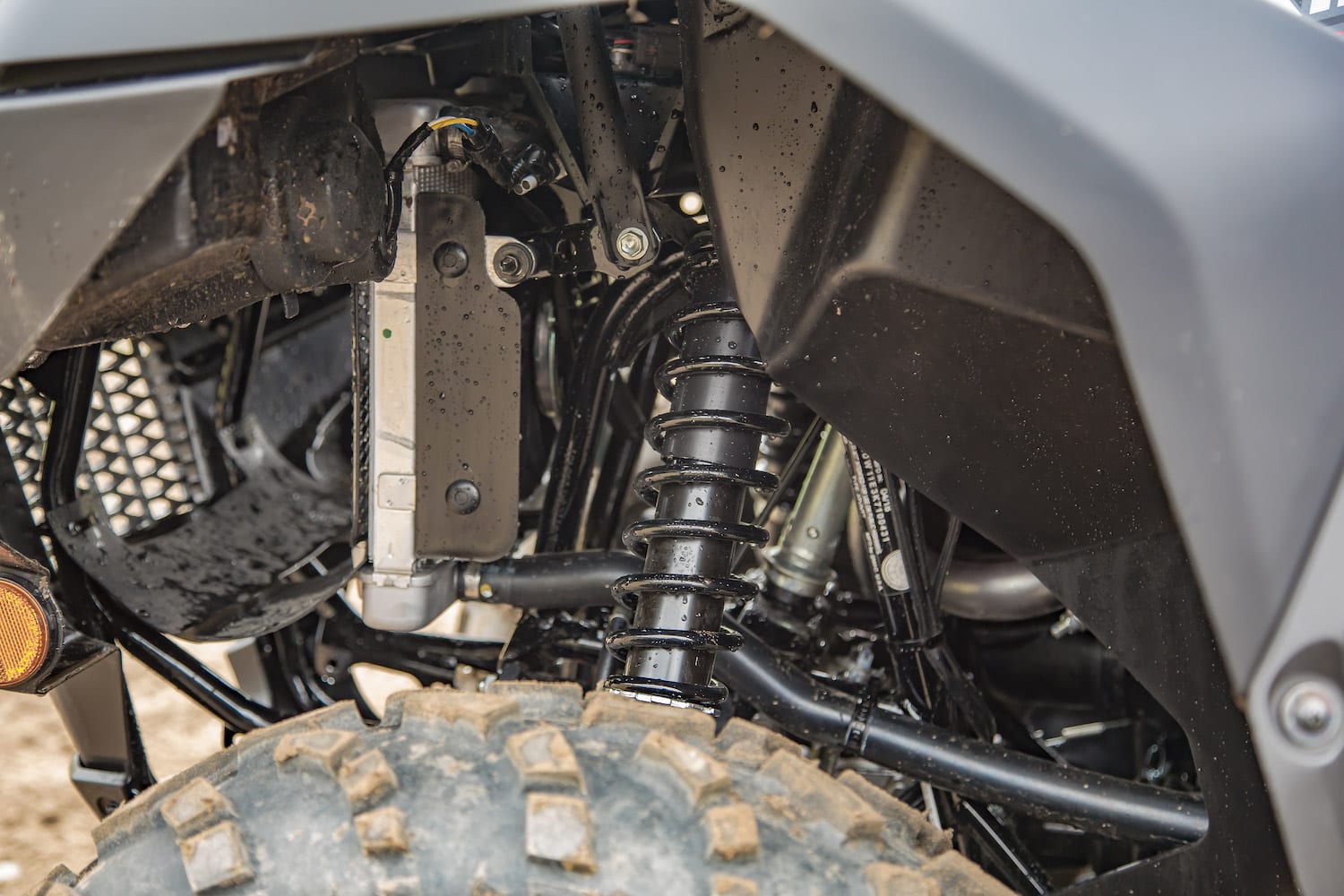
Good shocks can be the difference between a confident and enjoyable riding experience and a difficult to manage and stressful one. The suspension of an ATV does more than smooth out the bumps you ride on every day. It is also essential to safe operation, preventing excessive swaying and bouncing when cornering, and helping the tires stay in constant contact with the trail surface.
First, look at the vehicle from the front. Make sure it is on a flat surface and check if one side feels lower than the other. If one corner is lower or higher than the others, you may have discovered a damaged shock absorber that will need to be replaced.
Push down the front bumper and watch the vehicle as you quickly release your grip. If it bounces more than once, the shocks are probably worn out.
Finally, look for wet areas around the top of each shock absorber. If you see oil stains, run your finger over the area. If it is greasy, the shock absorber is at the end of its life. Worn shocks won’t dampen suspension spring oscillation, so the tires will continuously bounce at every bump. This effect will drastically reduce the stability and grip of the machine.
3- Tires
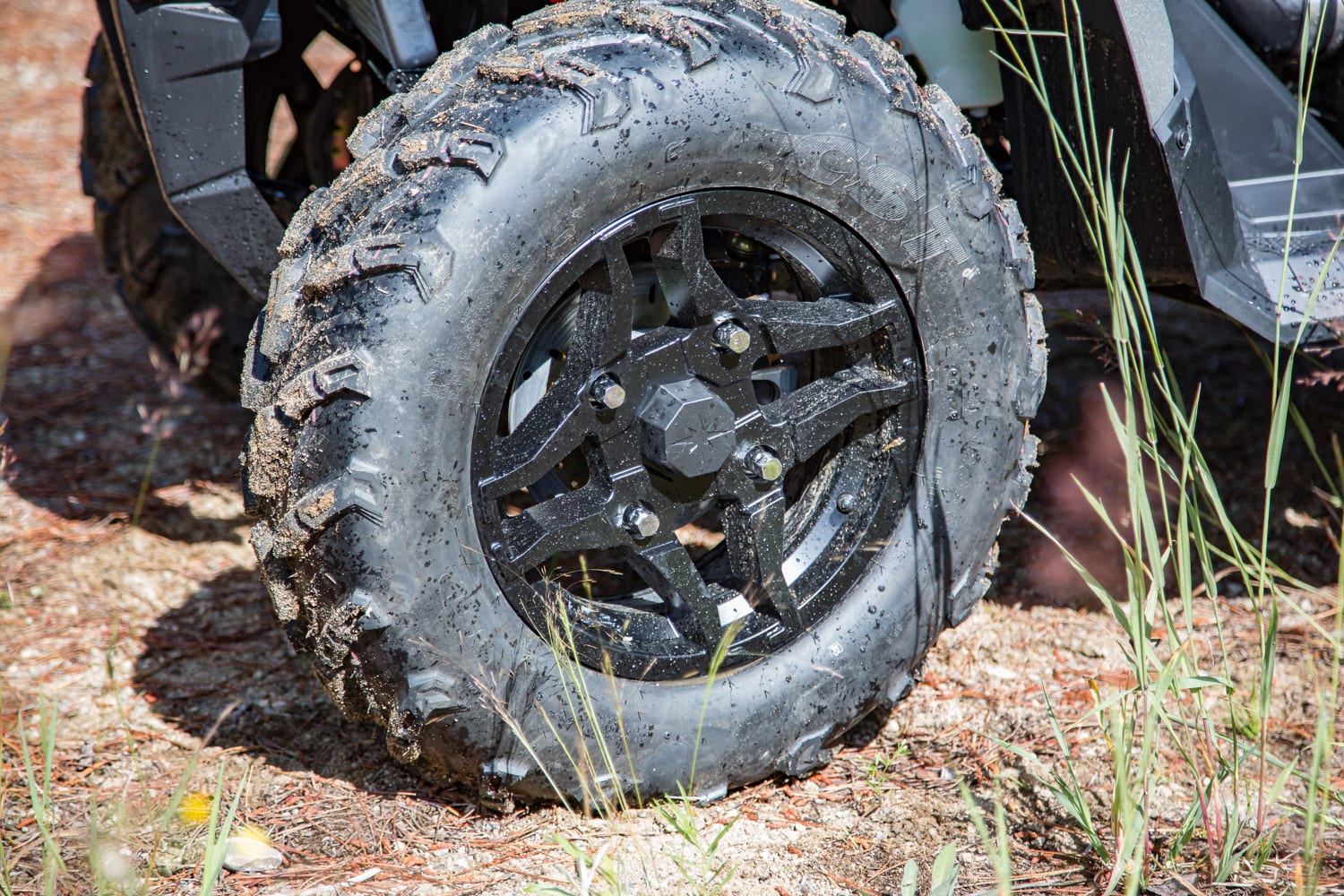
Pay close attention around each block of tread and both sidewalls of each tire, looking for cracks and missing pieces of rubber.
Too much tire degradation will cause a lack of grip and therefore put your safety at risk. Keep in mind that the four tires are in direct contact with the running surface and are the centerpiece to safely keep the machine on track.
ATV tires age and crack like any tires. Once they develop cracks, it becomes dangerous to ride over them. If one tire has cracks and all four tires have the same wear and tear, plan to replace them all. A complete replacement set will cost between $ 500 and $ 1,000, depending on the model and tire size. Consider this before buying the machine.
4- Checking the wheel bearings and ball joints
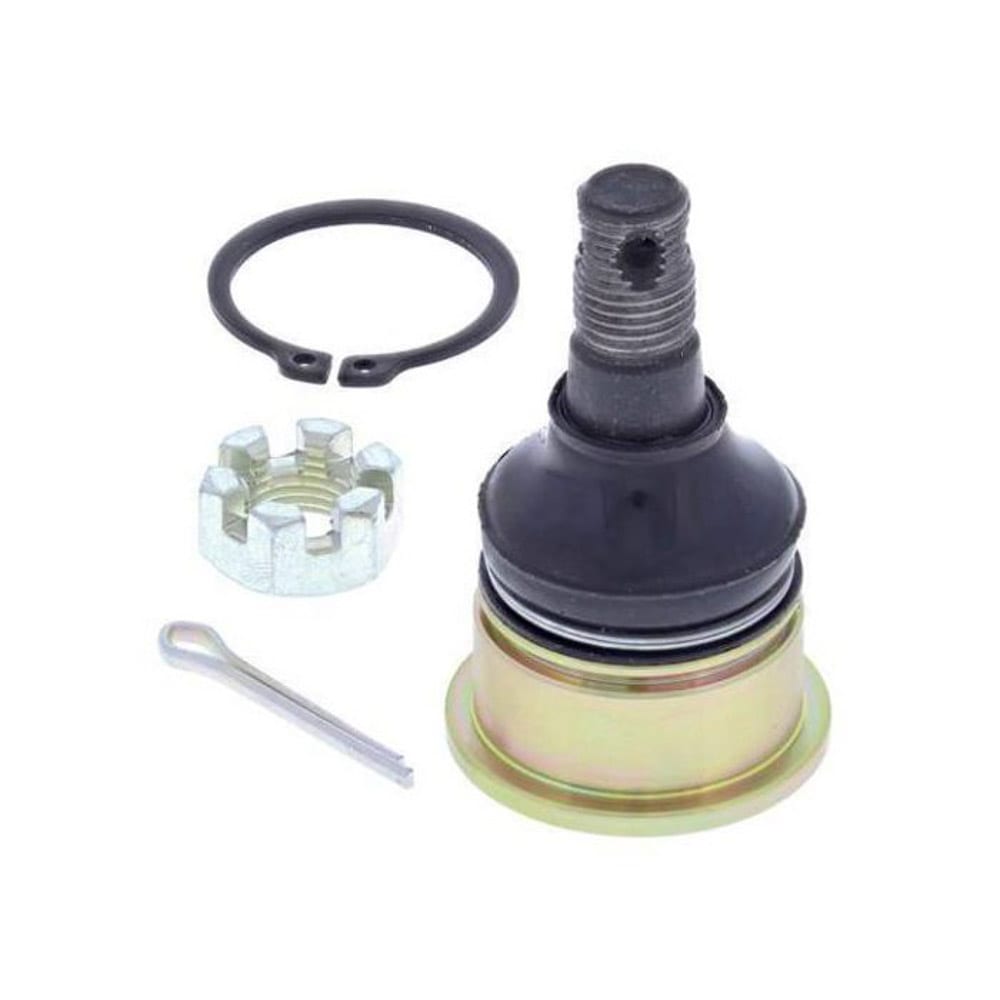
Lift one side of the ATV and grab the corresponding tire at the 12 o’clock and 6 o’clock positions. Then push it in and out. If you feel some loose, you are facing a bad wheel bearing or a worn ball joint, or both. Badly worn ATV bearings and ball joints can break during a ride, causing severe injury. Before this happens, you’ll notice difficult steering and instability in the corners. If one side is worn, chances are the other side is too.
5- The CV joints
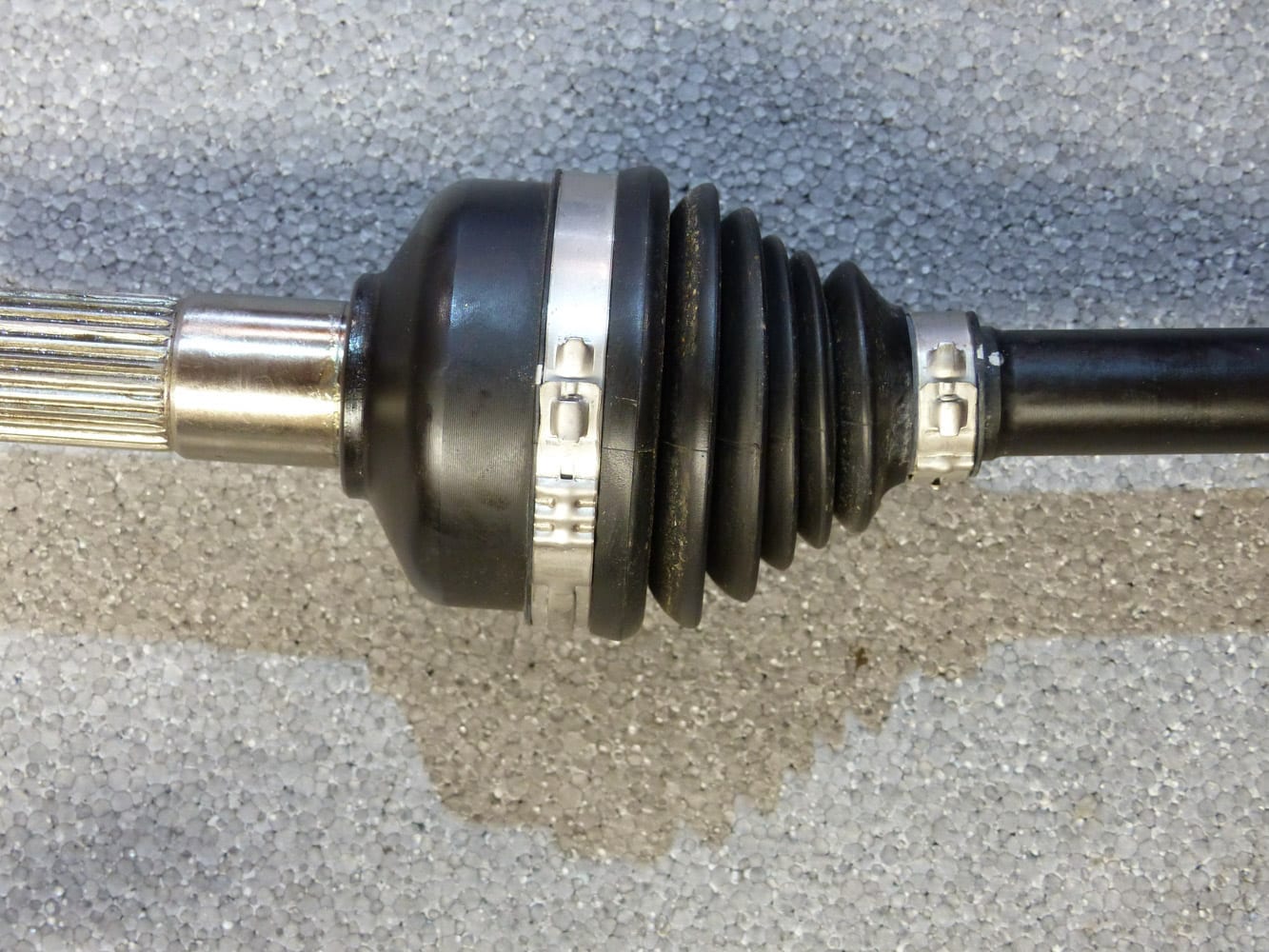
There are eight CV joints to inspect. Remove the splash guards (if applicable) and look for traces of grease on each axle’s inner and outer CV boot. Then unfold each boot and look for small cracks or tears. Check the surrounding area for signs of grease that may have leaked.
The presence of grease in a CV joint area is a bad sign. It could mean that the boot has a small crack and that a loss of grease is the cause of the greasy deposit. However, you have to wonder how long this took place and if moisture, water, dirt, and sand damaged the internal components of the CV joint.
Be sure to use a rear-to-front motion of each CV joint to check for signs of wear. If necessary, the replacement of a defective or worn CV joint costs approximately $ 250 each installed.
6- Fluid leak
Oil leaks from the valve cover and cylinder head gaskets can cost a lot of money ( between $ 150 and $ 300). So check these areas before buying. Wipe a clean rag around the head and valve cover gaskets. If it shows fresh oil, the gaskets should be replaced.
7- Inspection of the air filter
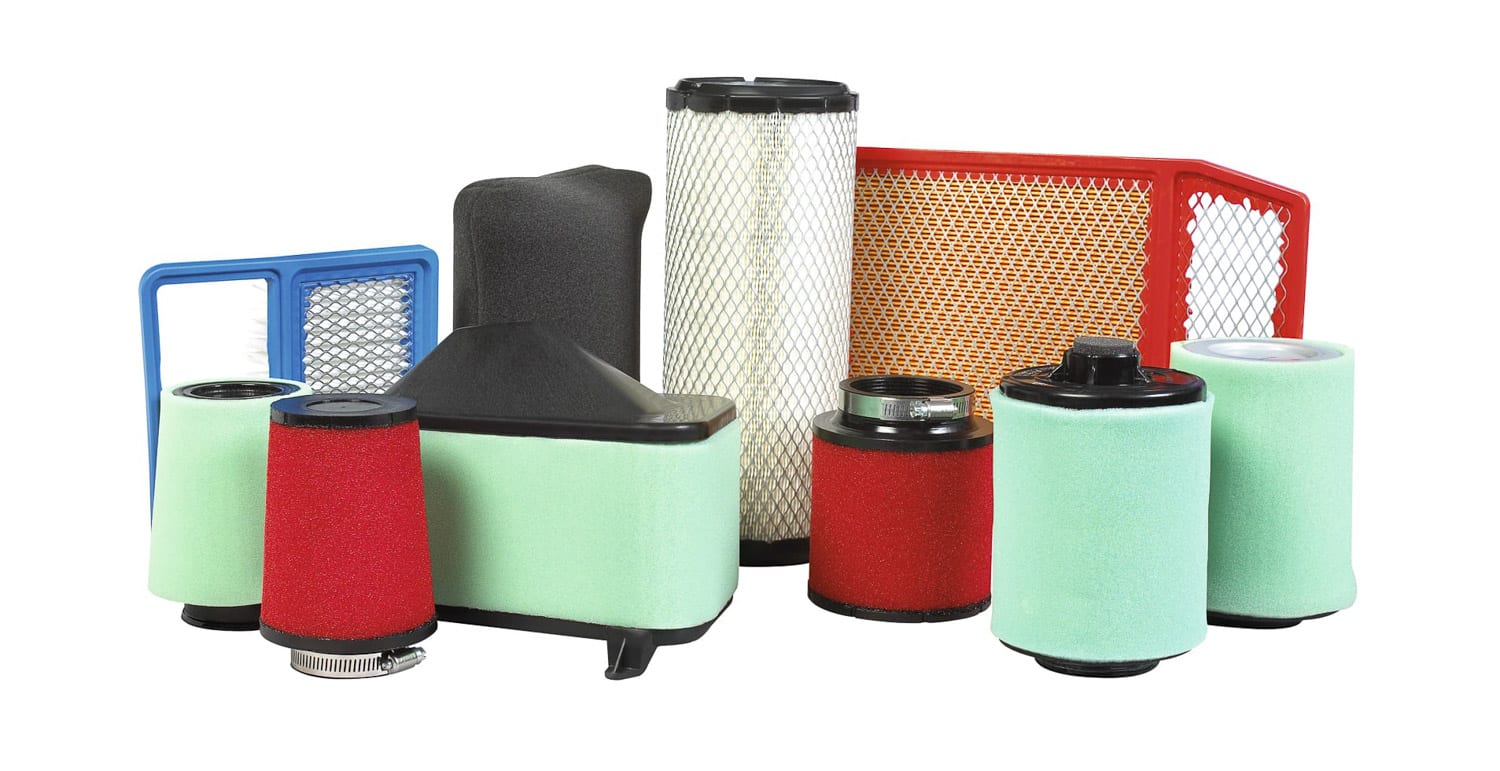
Combustion engines need air to operate. Proper air/gasoline mixture is necessary to obtain adequate performance. This air should also be clean and free of particles to prevent damage to the engine’s internal components. That is the purpose of the air filter. However, if the air supply is insufficient because of a clogged air filter, engine performance will be significantly affected.
All you have to do is to open the air filter compartment to get a good idea of the frequency of maintenance of this vital part of the engine. Replacing an air filter is inexpensive. So if you remove the air filter cover and see large accumulations of dirt, consider this a sign of poor maintenance.
8- Brakes
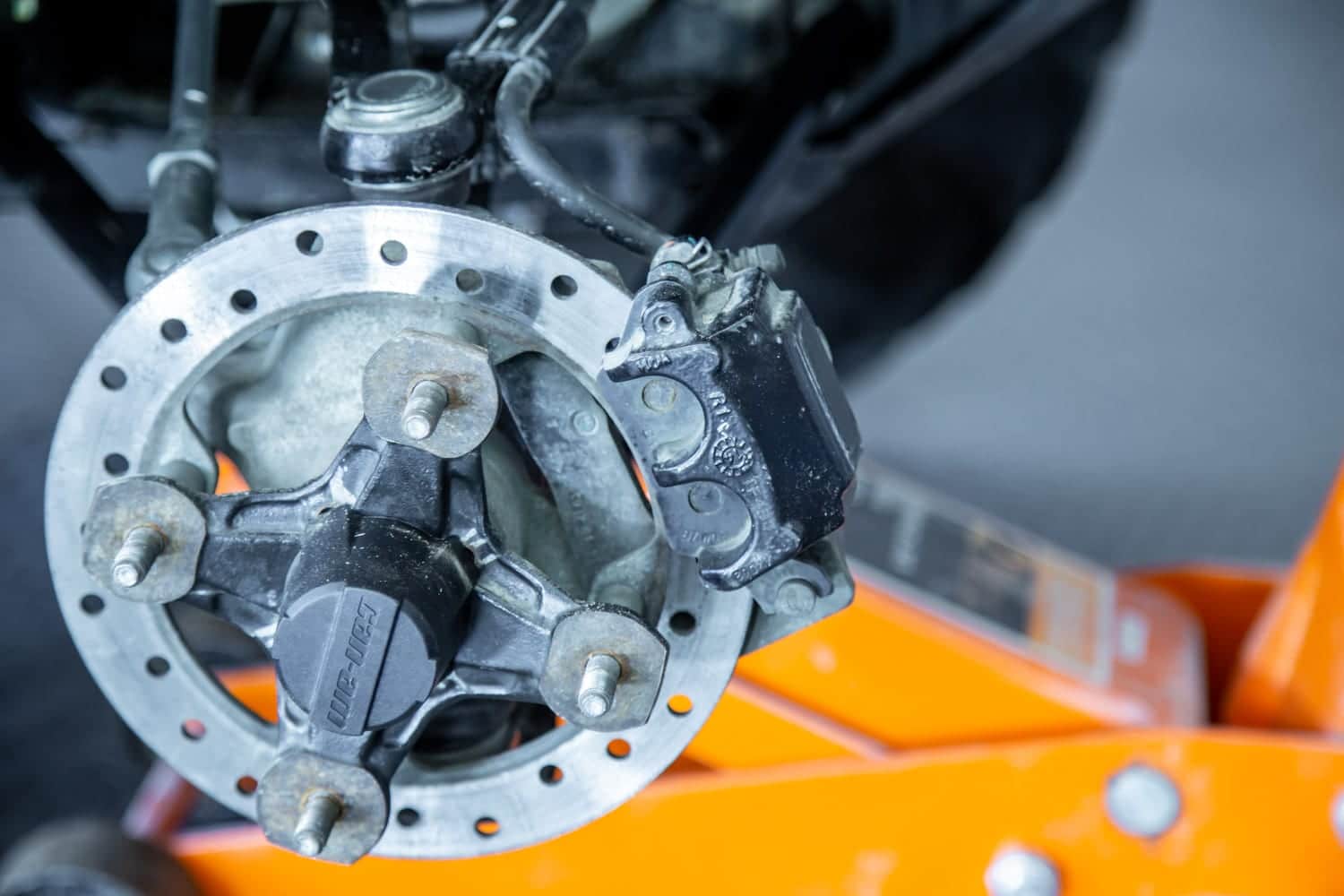
You can check the brake pads’ thickness using an inspection mirror and a flashlight, but most ATV brake pads are so thin that sometimes it is difficult to see if they are worn or not. New brake pads are approximately 1/4 inch thick. Even if they appear to be of sufficient thickness upon inspection, the friction material may be cracked or come loose from the backing plate. So it is best to lift each side of the ATV and remove the wheel, caliper, and pads to inspect the entire brake system. However, worn brake pads are not a costly repair, so you can drop this inspection if you think it is too complicated.
9- Checking the engine oil
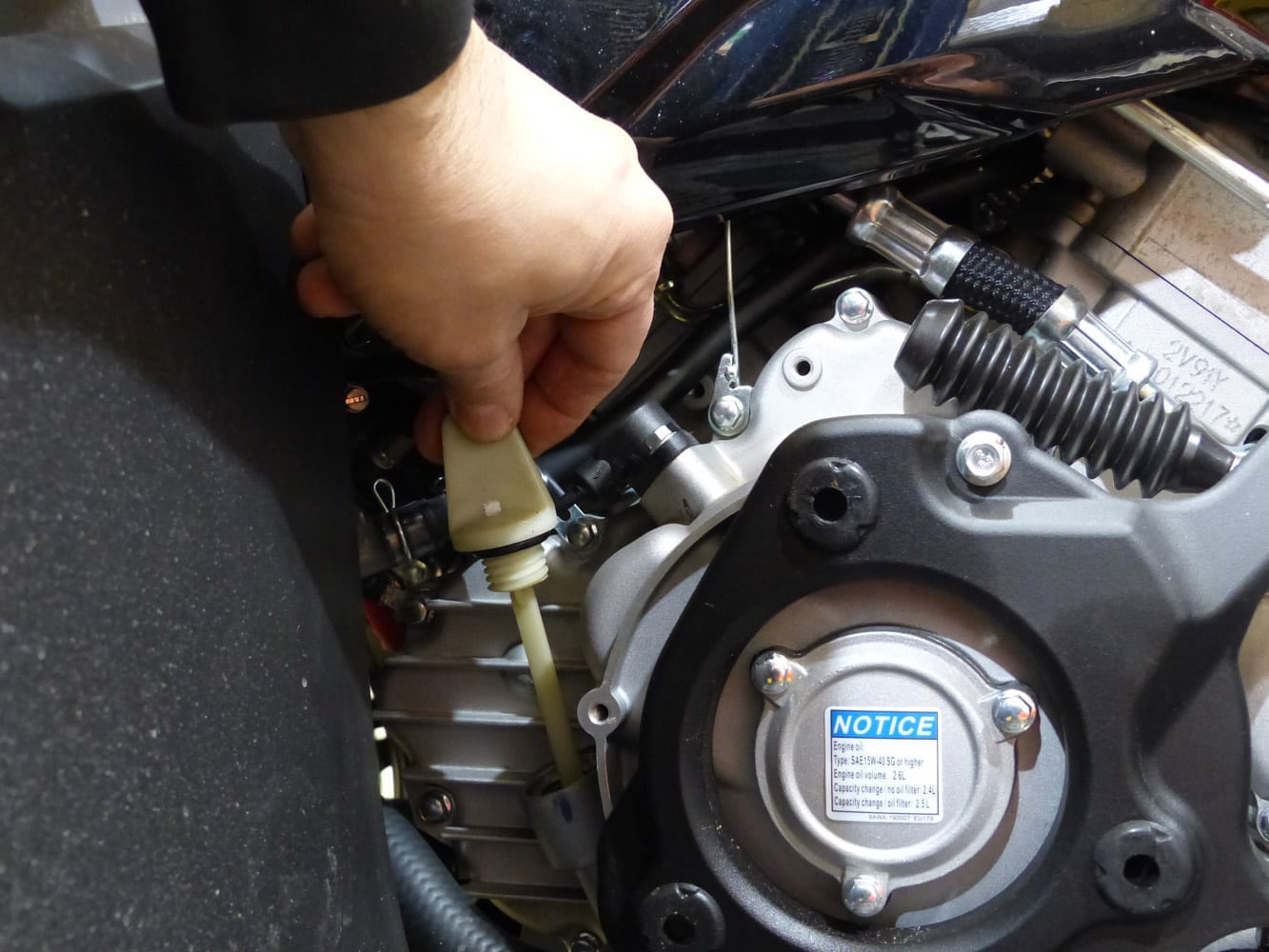
Most recreational vehicles we use today are powered with four-stroke engines. They need good quality engine oil to provide lubrication to the mechanical components. Regular oil change must be carried out to keep it functioning properly. Remove the engine oil dipstick to see how the oil looks. If you see any metallic particles, it is a sign of abnormal wear, which will give you a good indication of the engine’s health.
In conclusion, this checklist will allow you to get a good idea of the desired vehicle’s condition. Certain things must be considered to establish its real market value, like taking into account the expenses to carry out the necessary repairs. If in doubt, don’t buy this vehicle if it does not meet your basic criteria.


